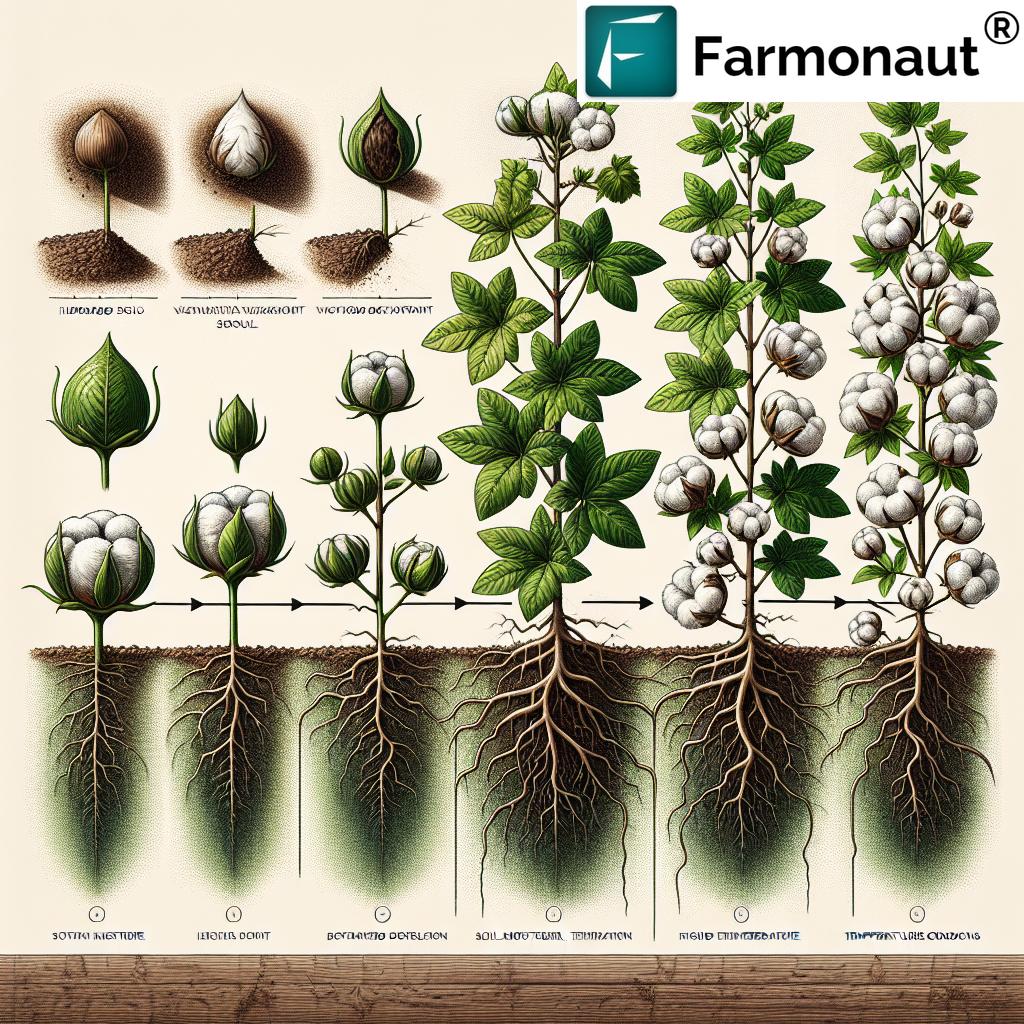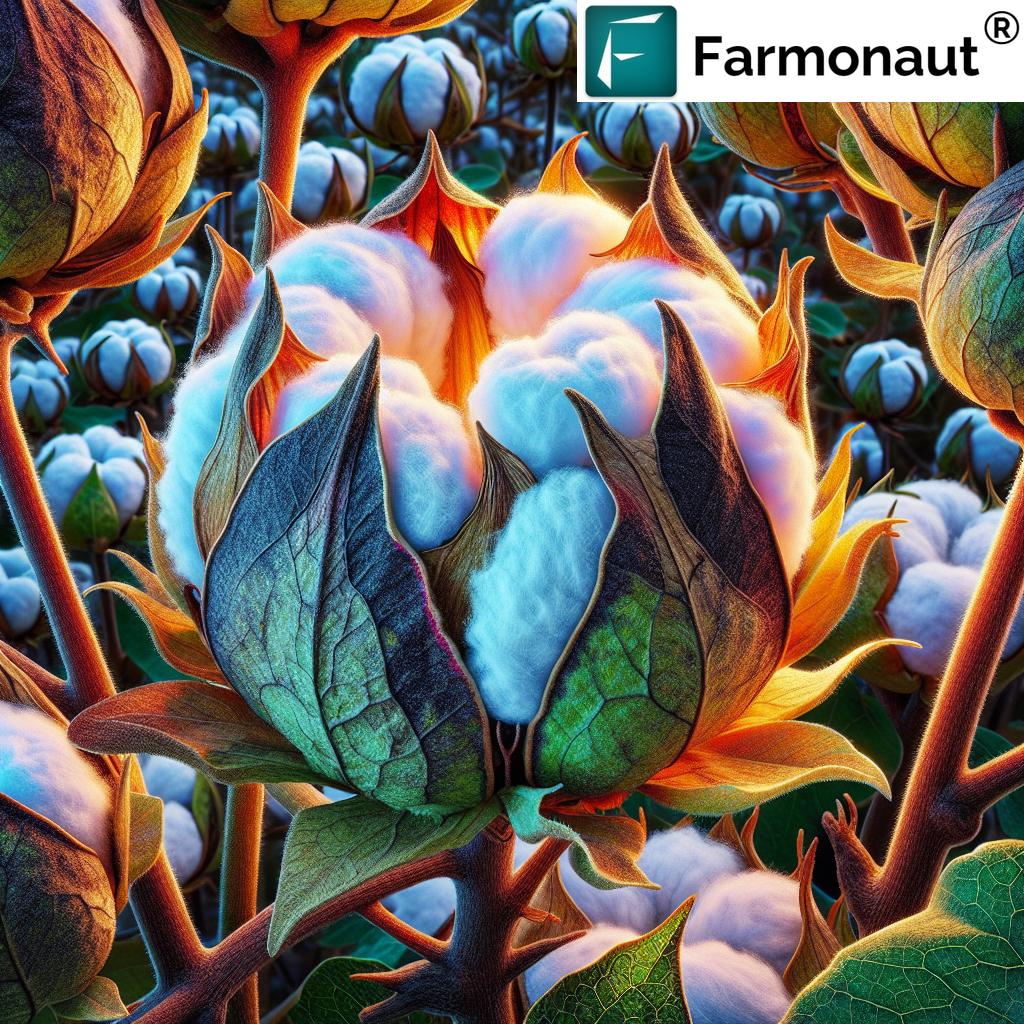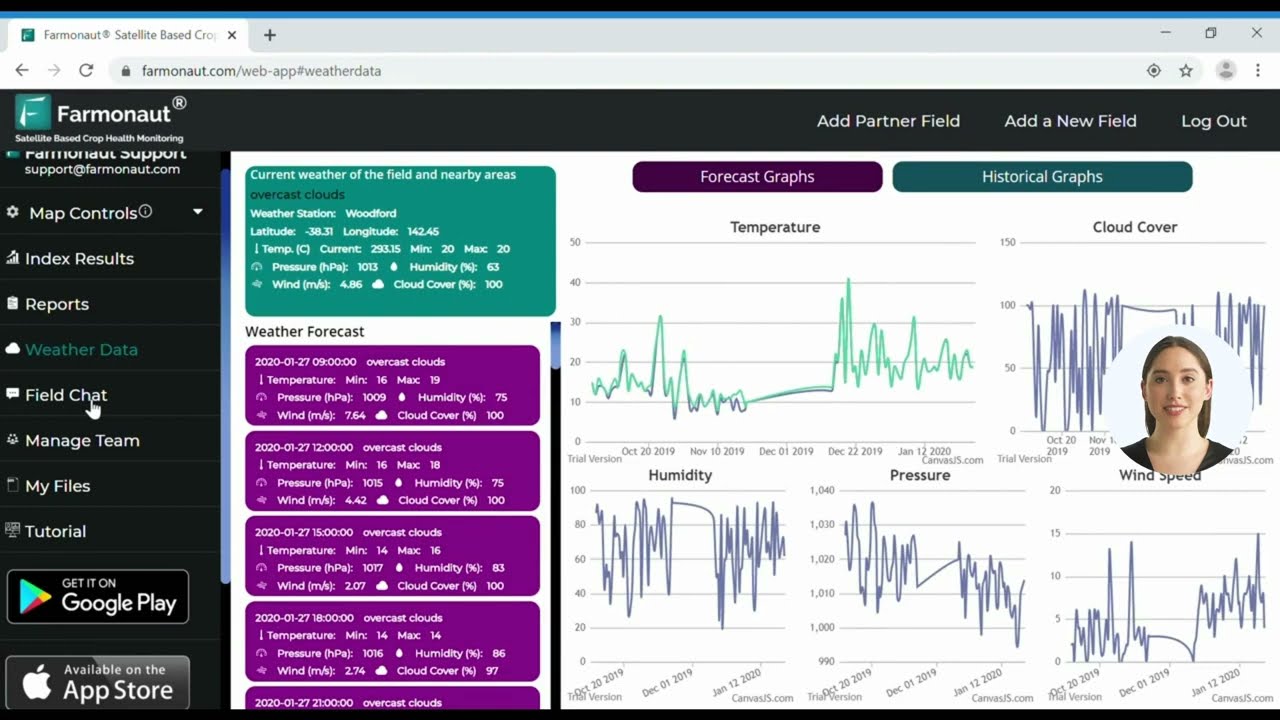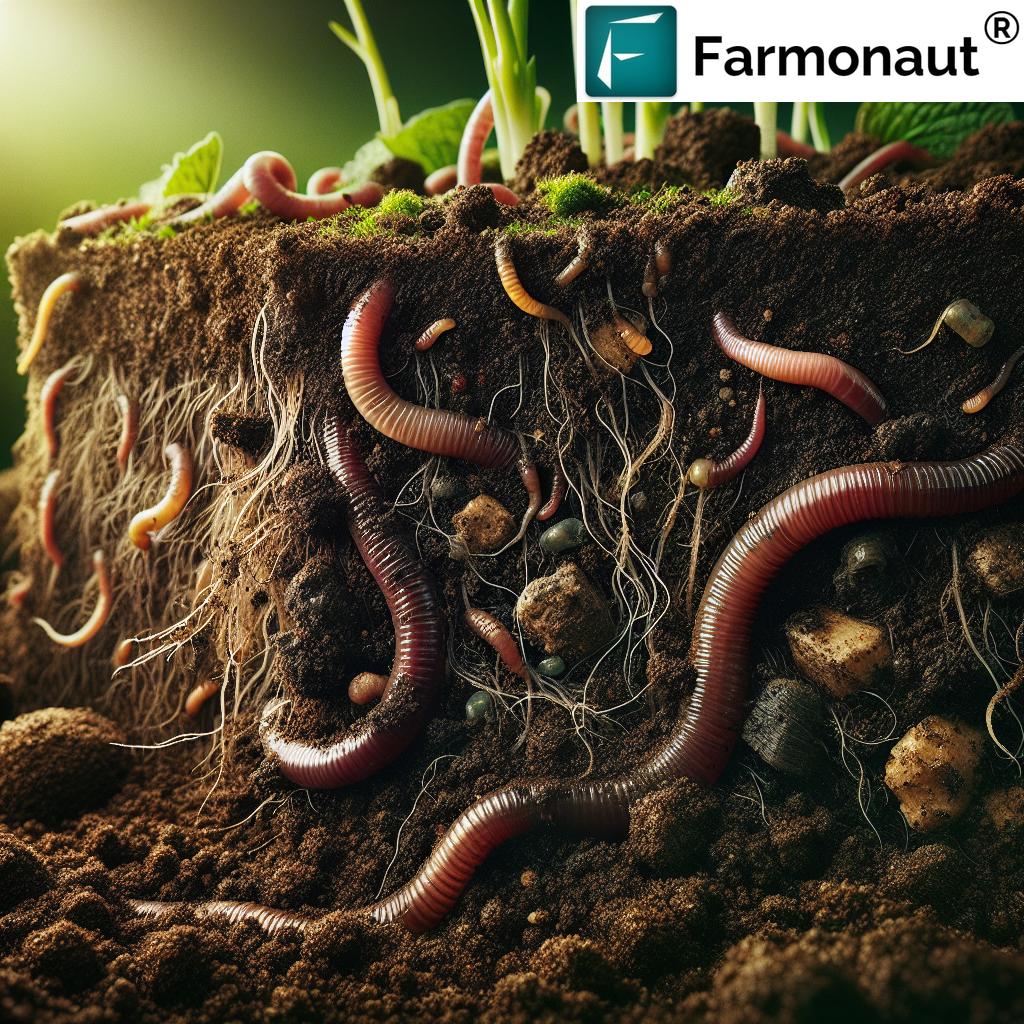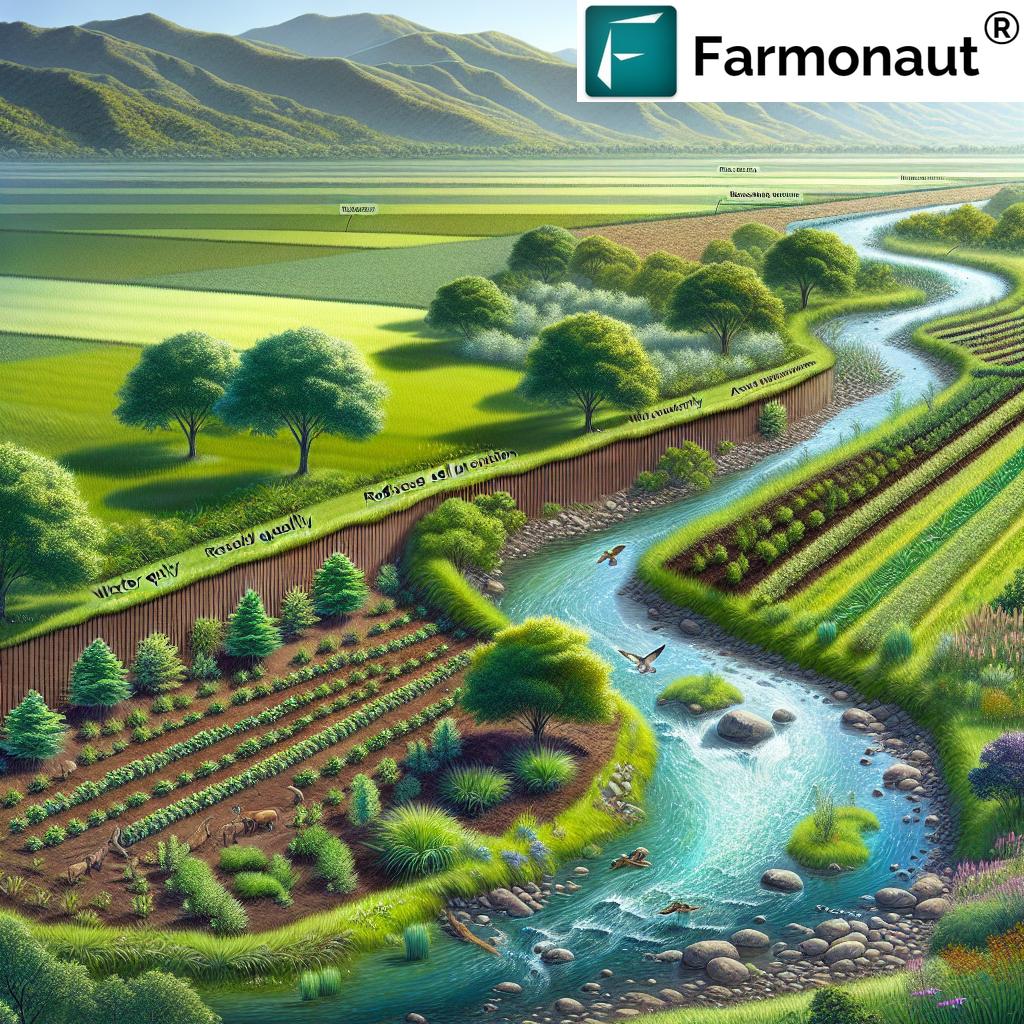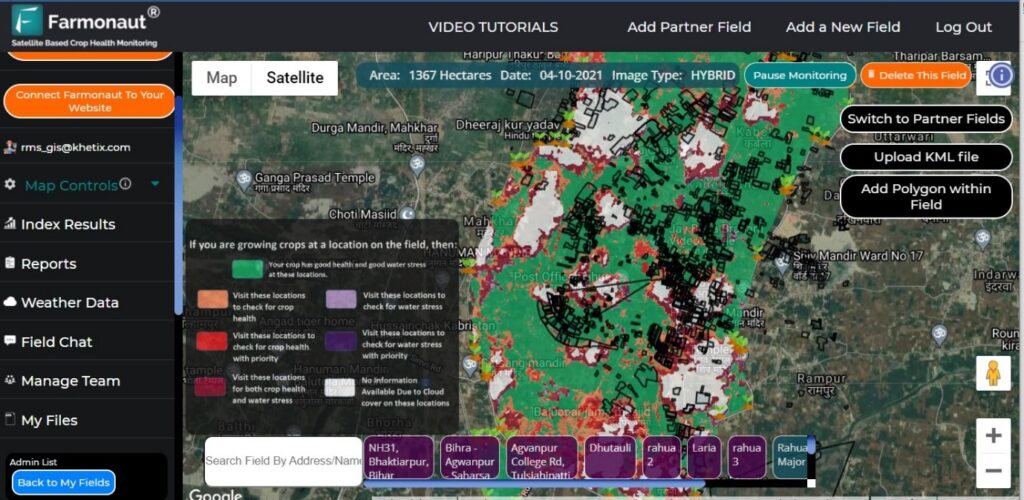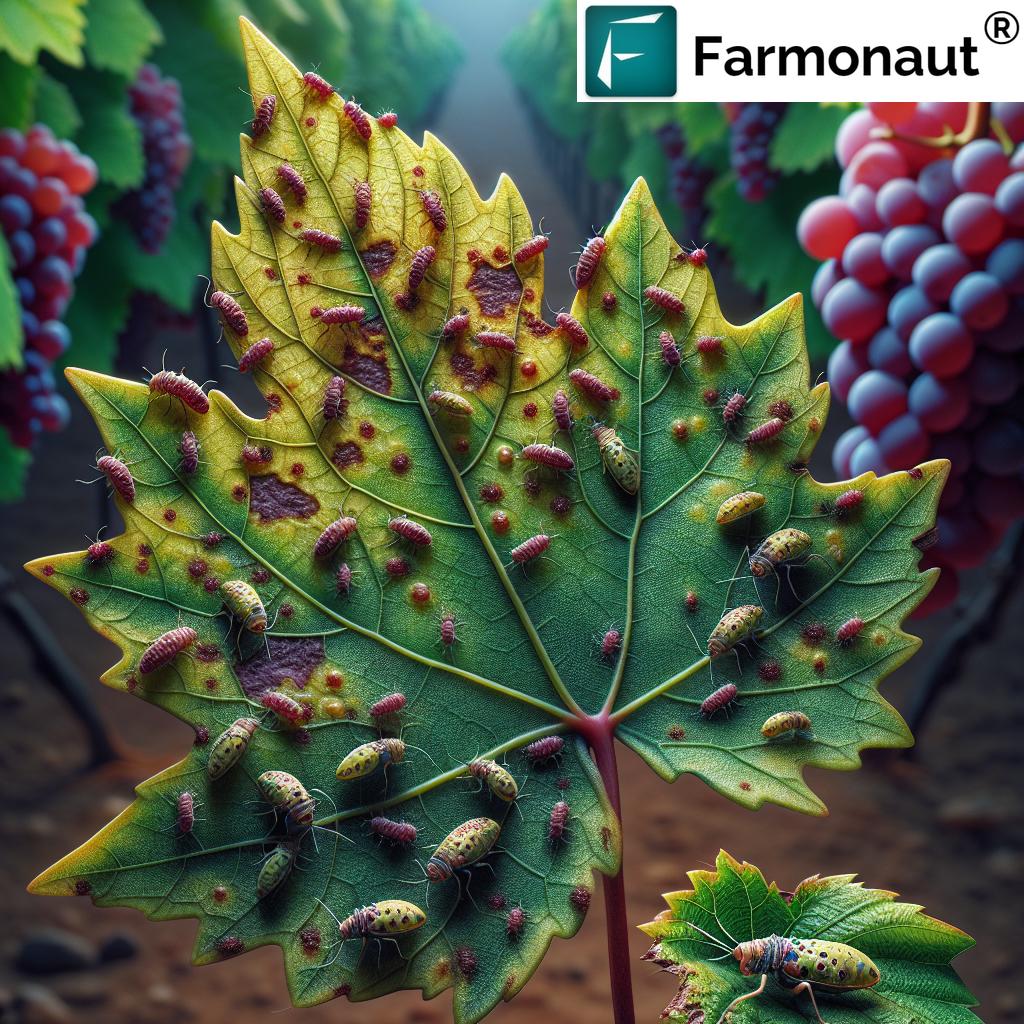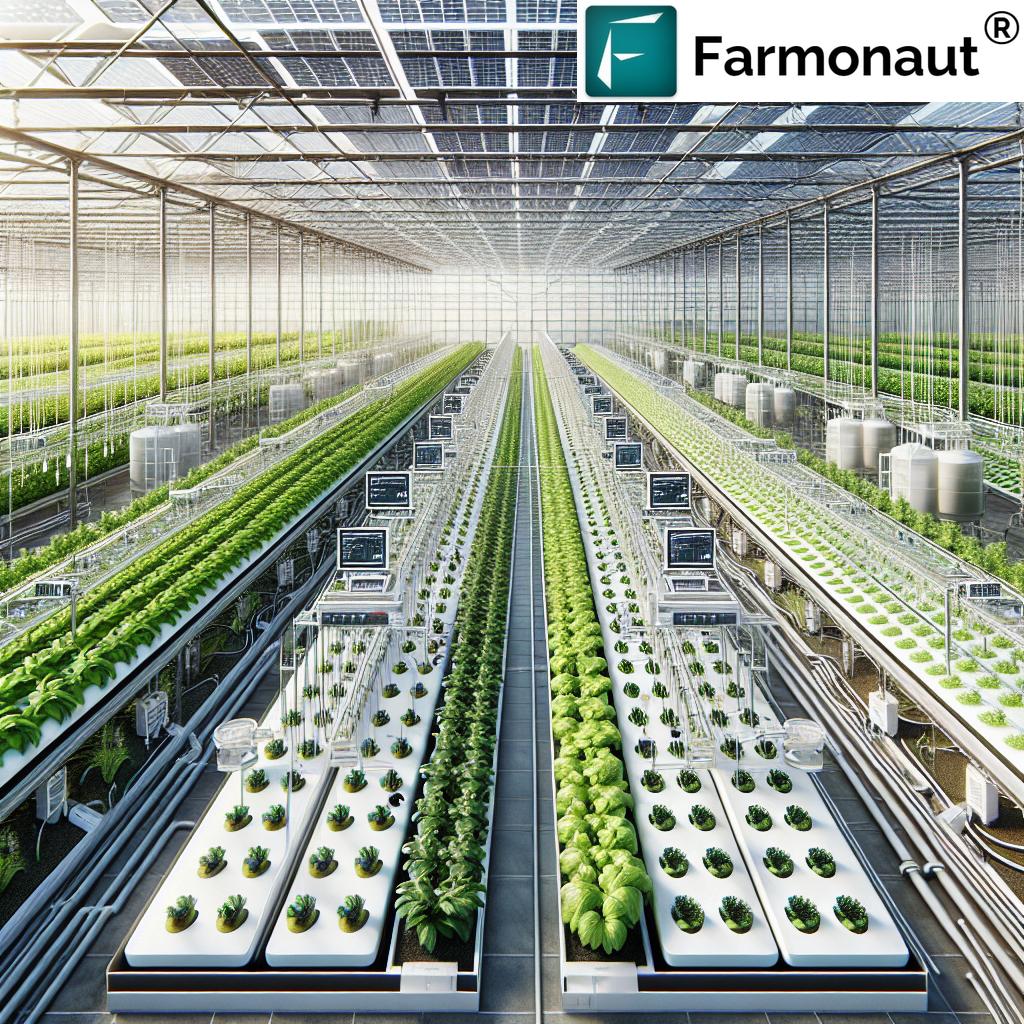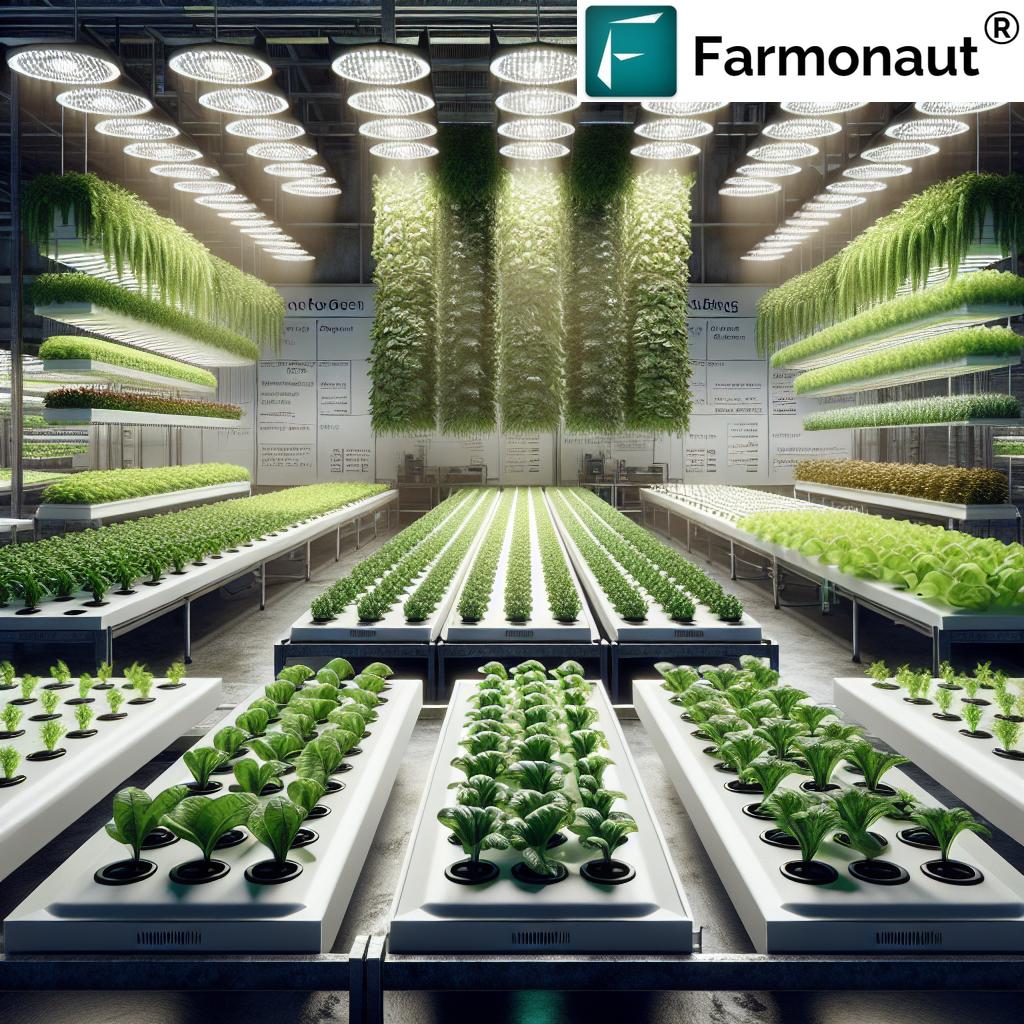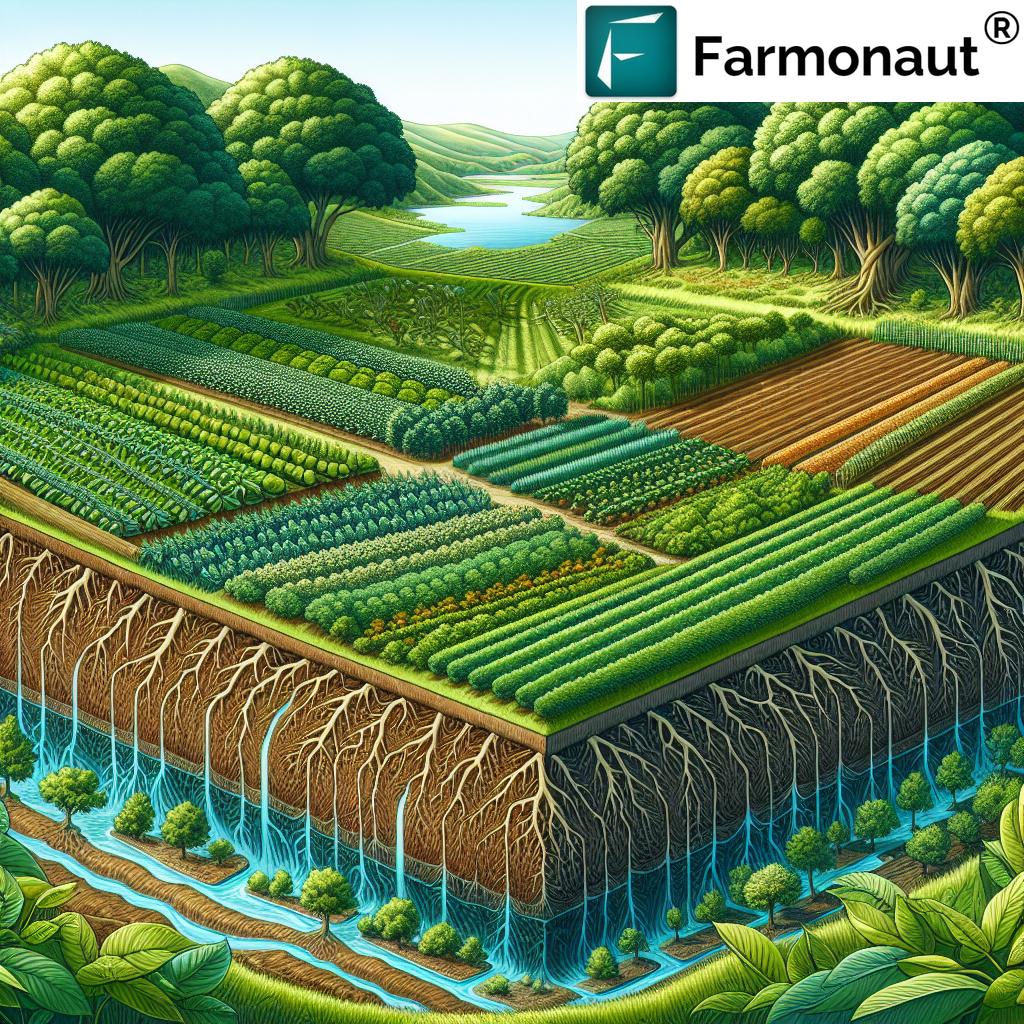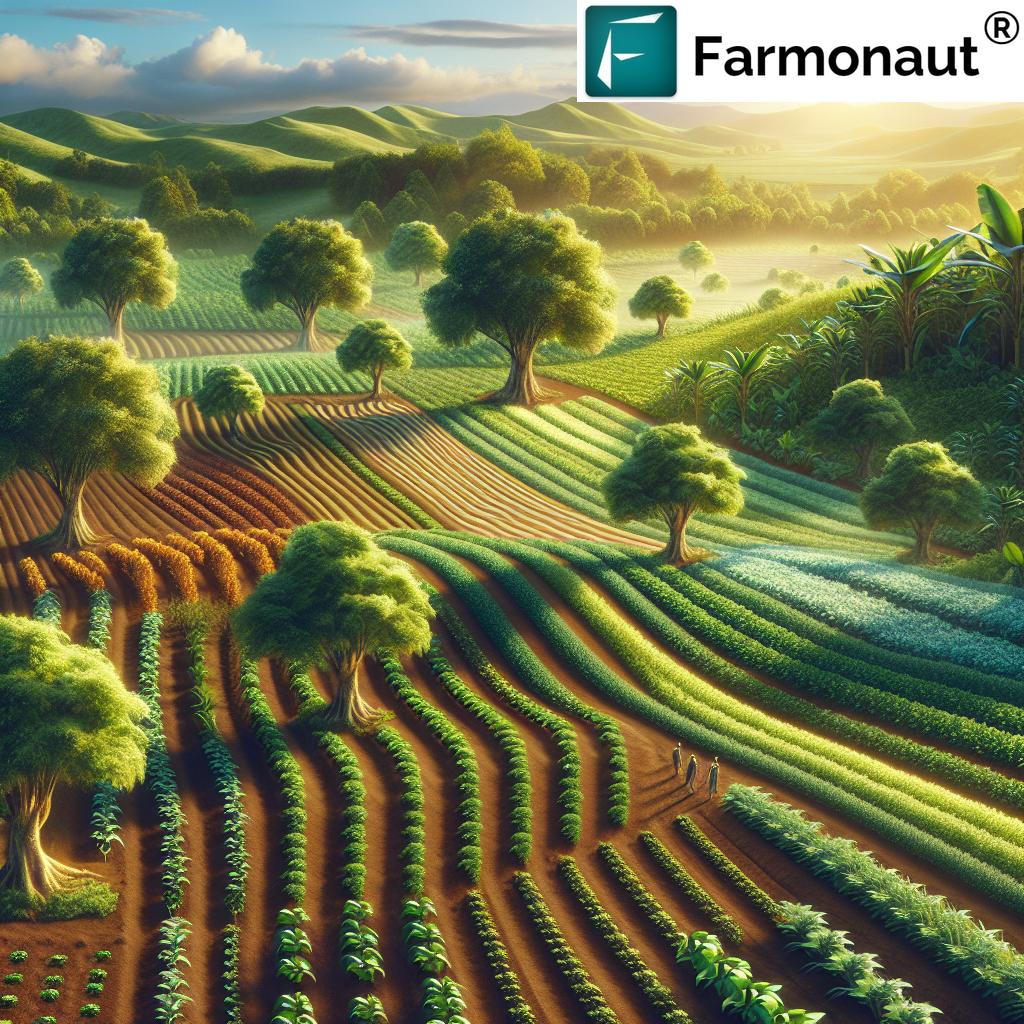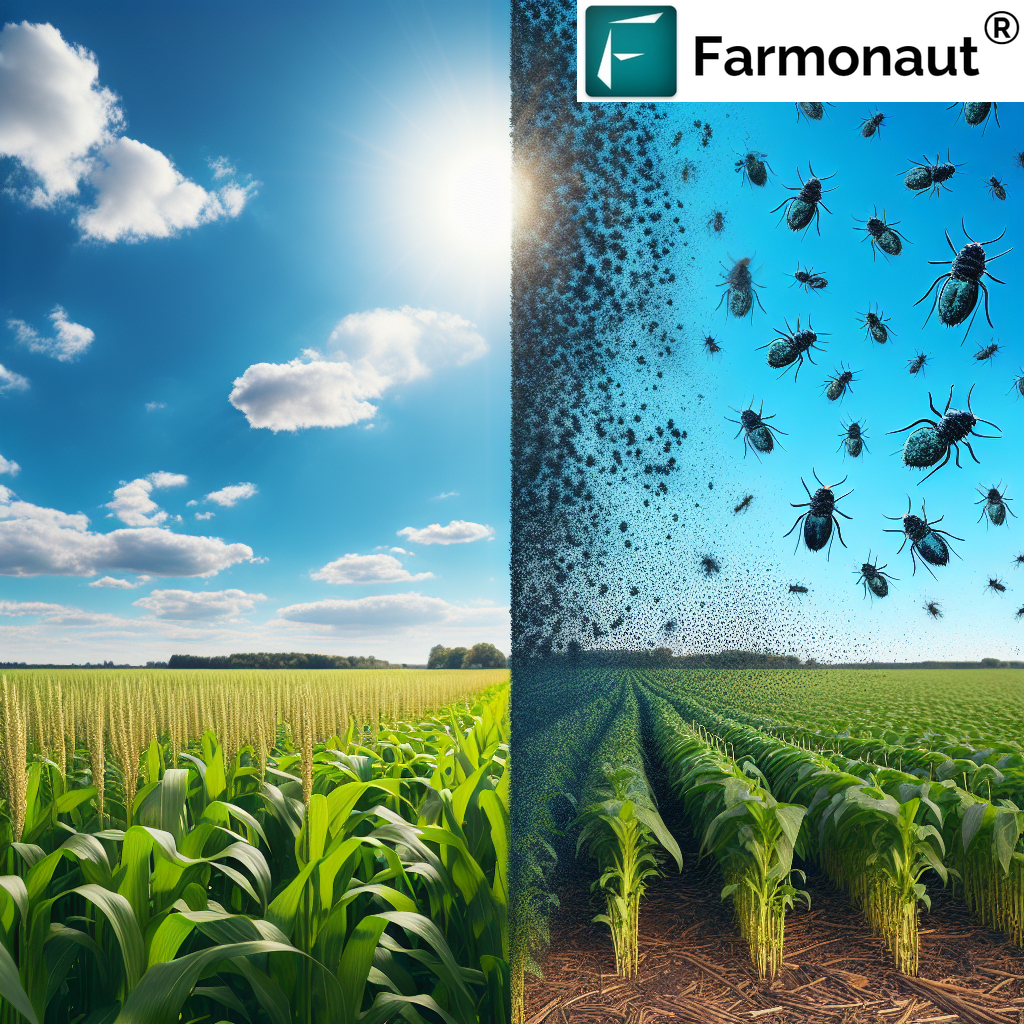Cotton Growth Stages in Days: Key Factors Guide
Overview: The Cotton Cultivation Process and Its Stages
Cotton cultivation weaves together science, timing, and attentive management. From planting the initial seeds to watching mature cotton bolls burst open for harvesting, understanding the stages of cotton plant lifecycle is crucial for every successful cotton farm. Each stage—from germination to boll maturation and final harvest—determines the ultimate fiber quality and crop yield.
In this comprehensive guide, we unravel the complete cotton growth stages in days, exploring what happens at each stage, what you should monitor as a grower, and which factors demand extra attention for optimal results. Alongside, we highlight how precision agritech solutions like Farmonaut can transform every season for Indian cotton farmers and those worldwide.
Cotton Growth Stages Timeline Table
Before we dive into each stage, use this table as a quick reference for your next cotton cultivation process. Bookmark it for your farming practices!
| Growth Stage | Estimated Days After Sowing | Visible Characteristics | Key Management Factors |
|---|---|---|---|
| Germination & Emergence | 0–10 | Seeds swell, radicle emerges; cotyledons break soil surface; small seedlings visible | Ensure optimal soil temperature & moisture; prevent seedling disease |
| Seedling Stage | 10–30 | True leaves develop; root system (taproot) deepens; upright stems | Monitor for pest/disease; manage early irrigation; balanced nutrients |
| Vegetative Growth | 30–70 | Rapid leaf, stem, branch, and canopy development; vigorous plant structure | Regular fertilization; manage water; monitor weeds and growth |
| Squaring (Bud Formation) | 35–47 | Formation of squares (flower buds) at nodes | Pest and pest monitoring; ensure consistent water; support nutrients |
| Flowering & Fruiting | 70–150 | Squares bloom into flowers, followed by pollination and initial boll formation | Irrigate regularly; manage pests and diseases strictly; avoid stress |
| Boll Development & Maturation | 150–200 | Bolls enlarge, change color, and mature; fibers expand within | Minimize drought and nutrient deficiencies; keep monitoring insects |
| Boll Opening & Harvest | 200+ | Bolls open, revealing fluffy fibers; ready for mechanical or hand harvesting | Harvest promptly after most bolls open to protect fiber quality |
The Cotton Plant Development: Images and Videos
Germination and Emergence (Days 0-10) – The Foundation of Cotton Growth Stages
The germination of cotton seeds is the critical first step in the cotton plant lifecycle. Upon sowing, seeds must absorb water—a process known as imbibition—which triggers the start of growth. The radicle (the embryonic root) is the first structure to emerge from the seed, pushing downward into the soil for stability and nutrient absorption.
Step-by-Step: Germination Process
- Imbibition: Seeds rapidly absorb water from the surrounding soil moisture.
- Swelling and Split: The seed coat splits as the embryonic tissues expand.
- Radicle Emergence: The radicle forms the initial anchoring root system, essential for later stages.
- Hypocotyl & Cotyledons: The hypocotyl (stem segment) shoots upward, carrying the cotyledons (seed leaves) to the surface.
-
Emergence (Days 5-10):
Once the cotyledons break through the soil surface, it’s a visible sign that the plant is entering a new phase.
Optimal conditions for cotton growth at this stage include:
- Soil Temperature: Maintain between 15°C and 35°C (preferably above 21°C/70°F)
- Soil Moisture: Consistent, but not waterlogged
- Seed Quality: Use viable, disease-free seeds for uniform emergence
The germination phase typically lasts about 5-10 days, but can be delayed if temperatures are too low or if the soil dries out. Successful germination and emergence set the tone for long-term yield and healthy plant development.
Seedling Stage (Days 10-30): Establishment of Root and Canopy Structure
The seedling stage marks the rapid transition from energy supplied by cotyledons (seed leaves) to the reliance on true leaves, enabling active photosynthesis. During this 2-4 week window, the taproot penetrates deeper into the soil, building a robust foundation for water and nutrient uptake.
Key Observations
-
Root System Establishment:
The taproot and emerging roots anchor the plant and provide resilience against drought and wind. -
First True Leaf:
Appears soon after cotyledons; signifies shift to active growth and enhances energy production via photosynthesis. -
Stem Growth:
Stems elongate, readying the plant for branch and leaf development in the upcoming vegetative phase.
Seedling Stage Management Checklist
- Regular irrigation to avoid stress, but prevent waterlogging.
- Begin nutrient (especially nitrogen and potassium) application to fuel rapid early growth.
- Scout actively for pests like thrips and diseases such as seedling blight.
- Ensure proper plant spacing to avoid overcrowding and promote optimal canopy formation later.
The seedling stage is crucial for setting up a strong foundation—any setbacks here can affect all subsequent cotton growth stages and ultimate yield.
“Boll maturation in cotton usually occurs 45-55 days after flowering, crucial for determining final yield and fiber quality.”
Vegetative Growth Phase (Days 30-70): Building Structure & Energy for Future Bolls
The vegetative phase is when cotton plants prioritize growing a dense, vigorous structure of leaves, stems, and branches. This growth stage, typically covering weeks 4 to 10, lays the groundwork for future flowering and boll production.
What to Observe and Manage?
-
Canopy Expansion:
Plants produce new nodes (where leaves and branches form) every 3 days on average. The quality and size of the future boll load depend on this stage. -
Leaf Count:
Regular formation of new leaves is vital as leaves are the ‘factories’ where photosynthesis happens, generating energy for later reproductive growth. -
Structural Integrity:
Strong stems and well-distributed branches ensure the plant can support multiple maturing bolls.
Vegetative Stage Management
- Apply fertilizers, especially nitrogen and potassium, based on soil tests and monitored plant needs.
- Ensure consistent, moderate irrigation to promote steady growth—monitor soil moisture regularly.
- Scout for pests and diseases—leafhoppers, aphids, and mildew are threats during this phase.
- Manage weeds; competition for resources can greatly reduce yield later.
- Thin overcrowded plants if necessary to maintain optimal plant density.
Vegetative growth is the buildup to reproductive success—set up your cotton crop for high productivity from this phase onward.
Flowering and Fruiting (Days 70-150): The Heart of Cotton Plant Development
Flowering marks the transition from vegetative to reproductive growth—where the cotton plant switches focus to creating the structures producing lint and seeds. The first squares (flower buds) appear roughly 35-47 days after sowing, followed by blooms and finally boll initiation. This critical growth stage sets the limits for picking time yield and fiber quality.
The Progression: Square to Flower to Boll
- Square Formation: Small, pyramid-shaped buds (squares) appear at branch nodes—signaling the transition to the fruiting phase.
- Flowering/Bloom: Squares open into flowers, usually beginning 55-65 days after planting. Each flower is open for about one day before pollination.
- Pollination and Fruiting: Pollinated flowers drop their petals and begin forming bolls—the seed capsule where cotton fibers develop.
This flowering and fruiting stage typically continues for 4-6 weeks. New blooms open daily along the main and lateral branches, with the process staggered across the field.
Management Focus During Flowering Stage
- Keep soil moisture stable; drought or excess water can severely impact flower set and boll retention.
- Increase vigilance for insect pests—bollworms and sap-sucker infestations spike during this period.
- Support the plants with adequate nutrition, as both fiber formation and seed development are energy-intensive.
- Minimize plant physical stress, e.g., avoid heavy machinery traffic close to root zones.
The number and health of blooms and bolls directly determine your cotton yield and fiber quality.
Pro Tip: The period 45-55 days after flowering is critical for cotton boll maturation; both water and pest stress at this point can risk your final harvest quality.
Boll Maturation and Opening (Days 150-200): Forming the Cotton Fiber
After pollinated flowers form small bolls, these structures pass through visible expansion, color change, and finally split open, revealing the classic white, fluffy fibers. The cotton boll maturation stage often begins around day 150 and continues until about day 200.
Key Changes in This Critical Stage
-
Fiber Development:
Inside the maturing boll, fibers elongate and thicken, directly impacting overall quality and yield. -
Maturation and Opening:
As fibers reach full length and moisture drops, bolls split open naturally—timing and conditions at this point are crucial to avoid losses. -
Field Appearance:
Rapid transition from green fields to vast stretches of white signals near cotton harvesting time.
Management at Boll Maturation
- Continue pest monitoring—bollworms and sap suckers remain a threat.
- Apply moderated irrigation if needed (avoid excess moisture to prevent boll rot).
- Minimize physical damage; avoid wounding plants and bolls during this vulnerable period.
- Plan and prepare for harvesting; inspect field daily as bolls begin to open.
Harvesting (Days 200+): Maximizing Final Yield and Cotton Fiber Quality
Harvesting marks the culmination of a rigorous cotton cultivation process. In most regions, this begins after 160-200 days following sowing, once the majority of bolls are open and fields display a characteristic white hue.
Harvesting Checklist & Best Practices
- Harvest when at least 70-80% of the bolls have opened.
- Pick promptly after full opening to avoid exposure to wet weather or pests that can degrade fiber quality.
- Employ mechanical pickers or careful hand-picking, depending on field size and local practices.
- Prepare for post-harvest processing such as drying, ginning, and storage.
The success in this final stage depends on sound decisions across all cotton growth stages. Timely harvesting ensures your efforts translate into the best yield and quality.
Key Factors Affecting Cotton Yield & Growth Stage Duration
The Big Five: Factors Impacting Every Stage of Cotton Plant Development
-
Temperature:
- Growth Rates: Optimal cotton plant development occurs between 21–35°C (70–95°F).
- Heat and Chilling: High temperatures induce boll shedding; chill slows germination and weakens seedlings.
-
Soil Moisture:
- Water Availability: Insufficient or excessive water at any stage (especially flowering and boll maturation) reduces yield and fiber quality.
- Water Management: Use sensors or satellite data (Farmonaut App) to keep soil moisture within ideal limits.
-
Nutrient Availability:
- Balanced application of main nutrients (nitrogen, potassium, phosphorus, and micronutrients) supports vigorous growth and reproductive success.
- Deficiency or excess at any point can dramatically affect plant structure, boll set, and ultimate yield.
-
Pest and Disease Pressure:
- Bollworms, aphids, whiteflies, and fungal diseases affect various plant stages.
- Integrated pest management and digital monitoring tools (like Farmonaut’s AI-based advisory) help minimize losses.
-
Plant Density and Spacing:
- Overcrowding leads to poor air flow, disease spread, and lower boll numbers per plant.
- Follow guidelines for local varieties and technologies to determine best row and plant spacing.
Monitoring and managing these factors affecting cotton yield are as important as following the right growth stages timeline.
Optimizing Cotton Cultivation with Technology and Data
To maximize the benefits at every growth stage, we recommend integrating smart agriculture solutions. At Farmonaut, we provide affordable, cutting-edge tools specially designed for cotton farmers, including:
- Real-Time Crop Health Monitoring using multispectral satellite imagery—monitor NDVI, canopy vigor, and soil moisture without costly equipment.
- AI-Based Advisory Systems: Get personalized recommendations for fertilizer, irrigation, and pest management based on your field’s actual, dynamic status.
- Blockchain for Traceability: Boost your cotton’s marketability with end-to-end verified supply chains, building trust with ginners, traders, and manufacturers.
- Fleet and Resource Management: Optimize your harvest and input logistics to minimize delays and resource wastage.
- Crop Loan & Insurance Verification: Save time and ensure fair access to credit with satellite-based field monitoring and automated area calculation.
Get Started: Download our Android or iOS app, try our browser-based portal, or integrate Farmonaut’s APIs into your existing systems for seamless cotton farm monitoring.
FAQ: Cotton Growth Stages & Cultivation Guide
1. What are the primary cotton growth stages?
The main stages of cotton plant lifecycle are: Germination & Emergence (0-10 days), Seedling (10-30 days), Vegetative Growth (30-70 days), Squaring (35-47 days), Flowering & Fruiting (70-150 days), Boll Maturation & Opening (150-200 days), and Harvesting (200+ days).
2. Why is timing so critical in the cotton cultivation process?
Each stage has different requirements for nutrients, water, temperature, and pest management. Missing critical windows (like flowering or boll maturation) can reduce yield and lower fiber quality.
3. What is the best temperature for cotton growth?
The optimal conditions for cotton growth are 21°C to 35°C (70°F to 95°F) for both germination and main crop development.
4. How can I use technology to improve my cotton farm?
Utilize precision ag platforms like Farmonaut to monitor crop health, soil moisture, and weather trends, get AI-driven farm management recommendations, and optimize harvesting logistics.
5. How soon after flowering do cotton bolls mature?
Typically, boll maturation occurs 45-55 days after blooming, which is vital for setting the final yield and fiber length.
6. Can Farmonaut’s satellite services help during the cotton season?
Yes! We offer NDVI crop health mapping, soil moisture insights, disease alerts, and more via our app and web dashboard.
7. What’s the impact of poor soil moisture on cotton yield?
Drought leads to smaller plants, poor flowering, and reduced boll formation; waterlogging causes root disease and boll rot. Both extremes mean lower yield and poor fiber quality.
8. What are the first visible signs of emergence?
The cotyledons (first seed leaves) appear above the surface around day 5-10 after sowing—showing successful germination and emergence.
Conclusion: Mastering the Timeline of Cotton Growth Stages
Understanding cotton growth stages is the backbone of successful cotton farming and forestry practices. By closely tracking each stage—from sowing and germination to full boll maturation and ultimate harvesting—growers can maximize yield and ensure that every plant reaches its fullest fiber potential.
Success in the cotton cultivation process comes from combining agronomic knowledge with modern tools. For continual improvement, leverage monitoring, traceability, and smart resource management—services that we at Farmonaut are proud to deliver, making advanced agriculture accessible and affordable for every farm, everywhere.
If you’re ready to take your cotton farm to the next level, start today:
- Monitor your fields in real-time with Farmonaut’s browser and mobile apps
- Integrate precision weather and yield data with our easy-to-use API
- Access AI-powered crop advisory and farm optimization—all from a single dashboard
With mastery over the development, growth, and management of your cotton field, each season can deliver high-performing, high-quality cotton that commands the best prices and reduces environmental impact.


